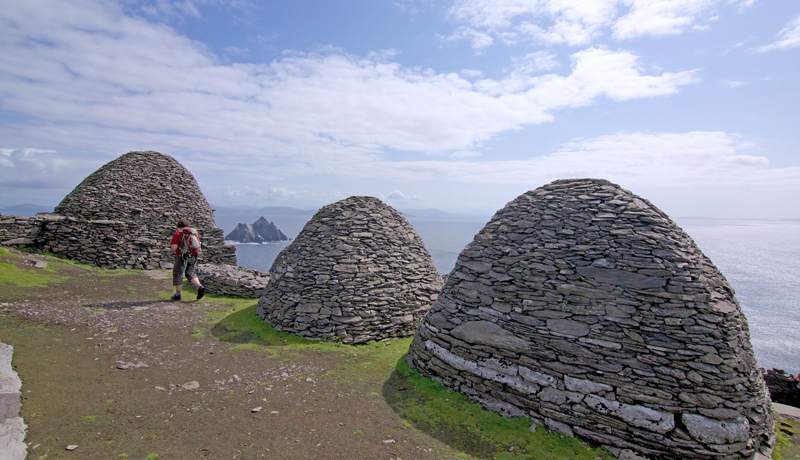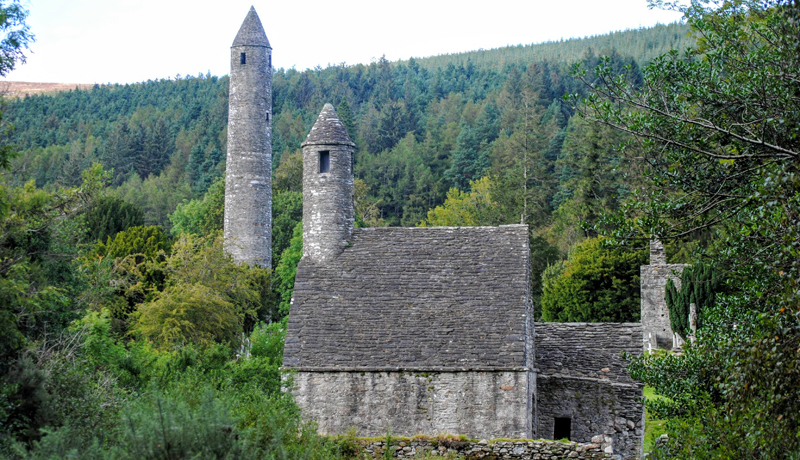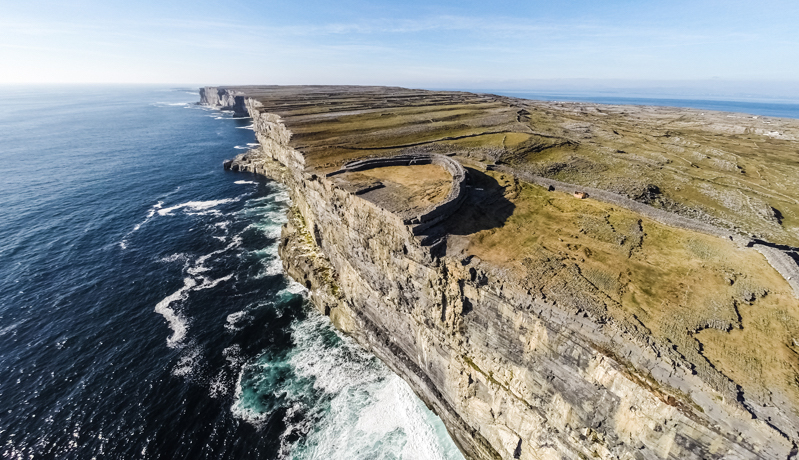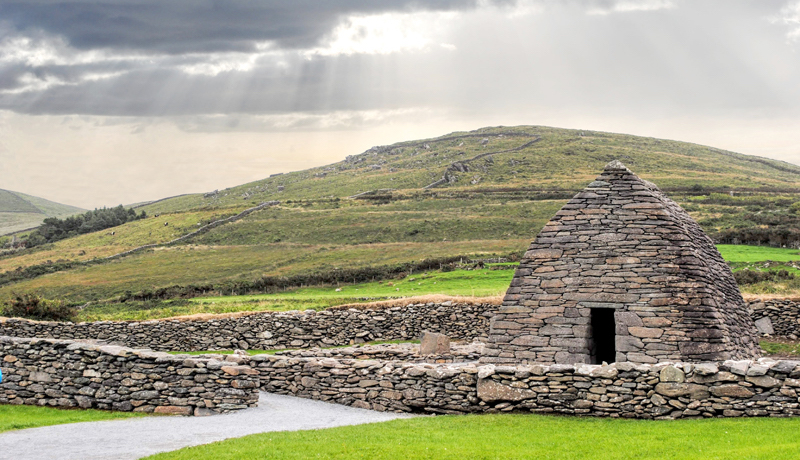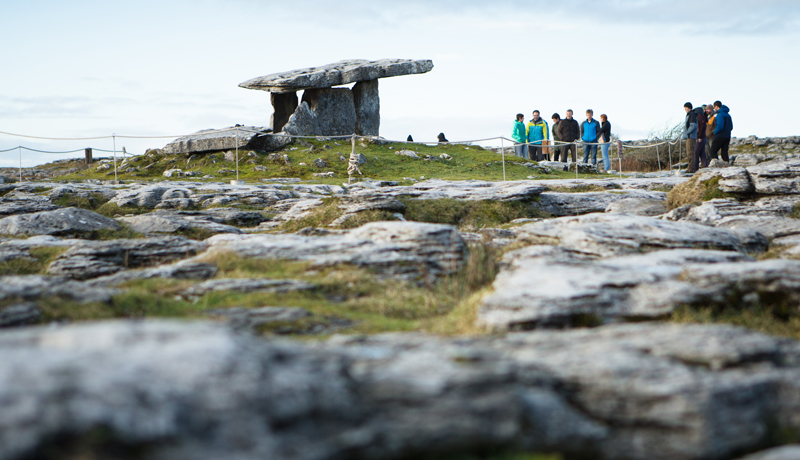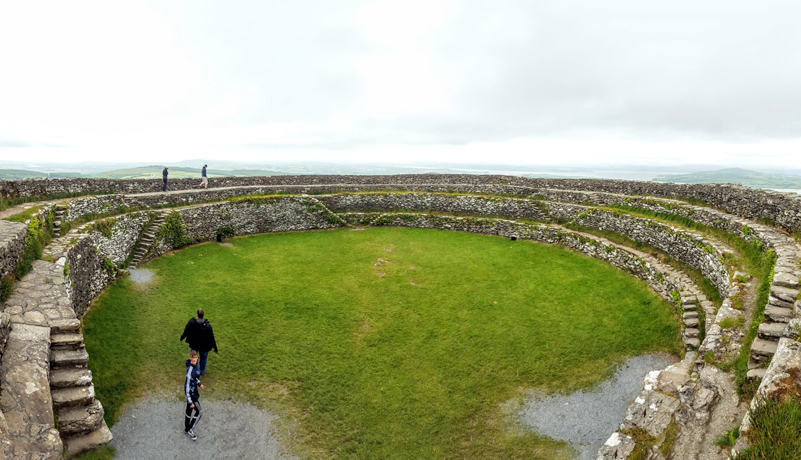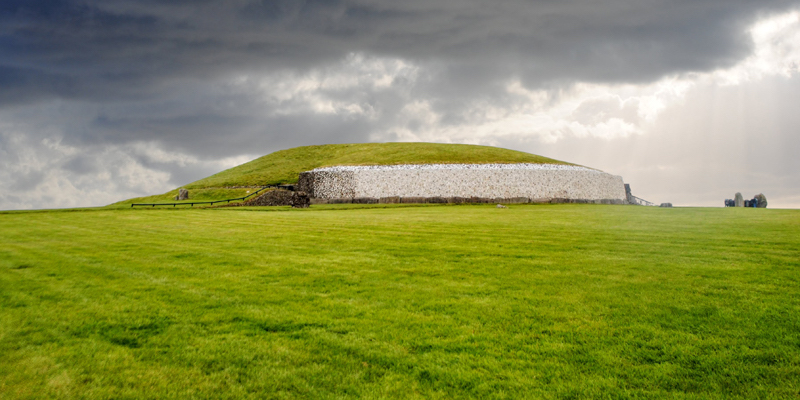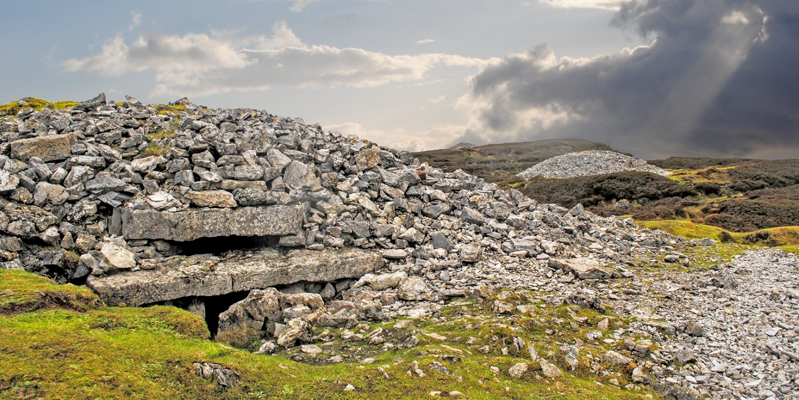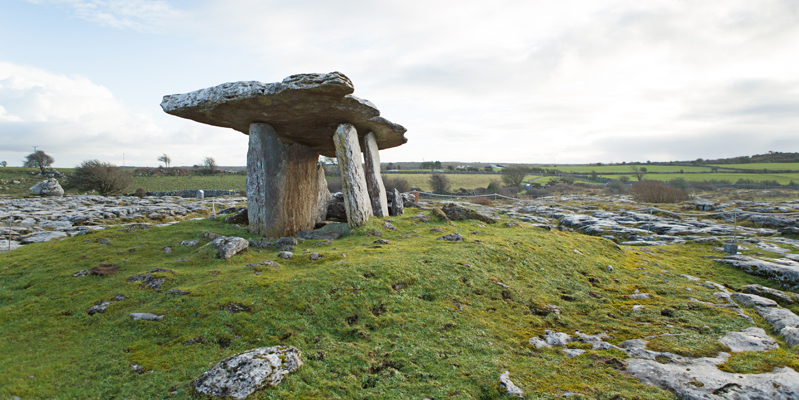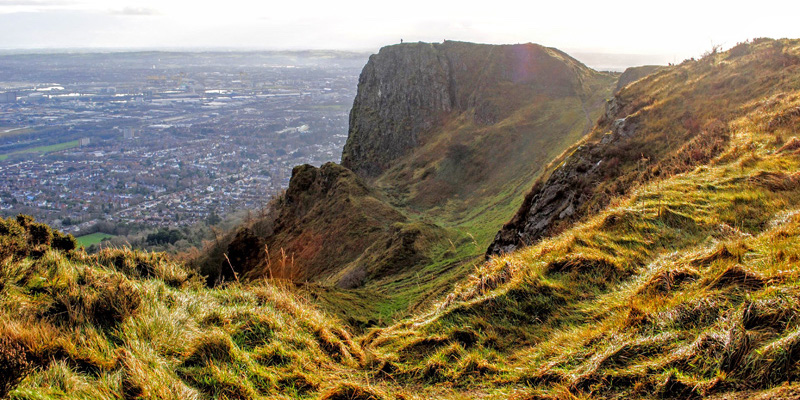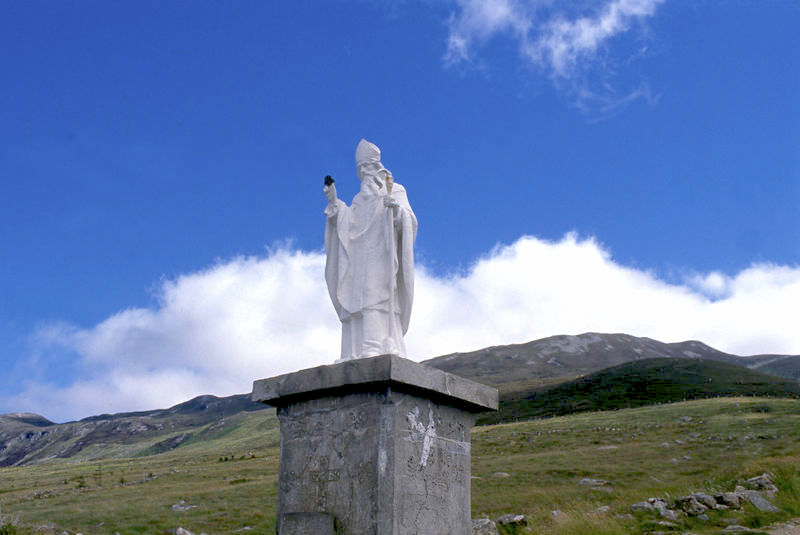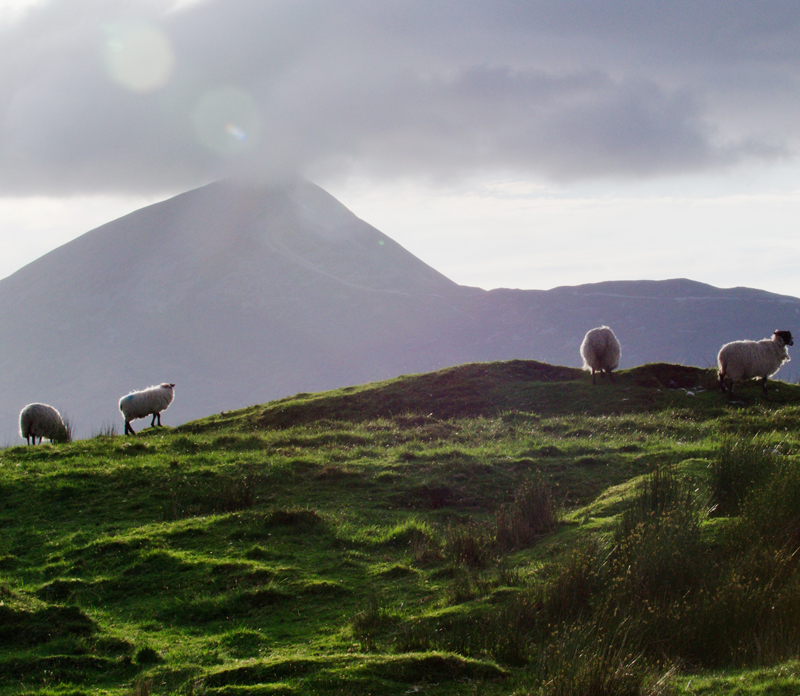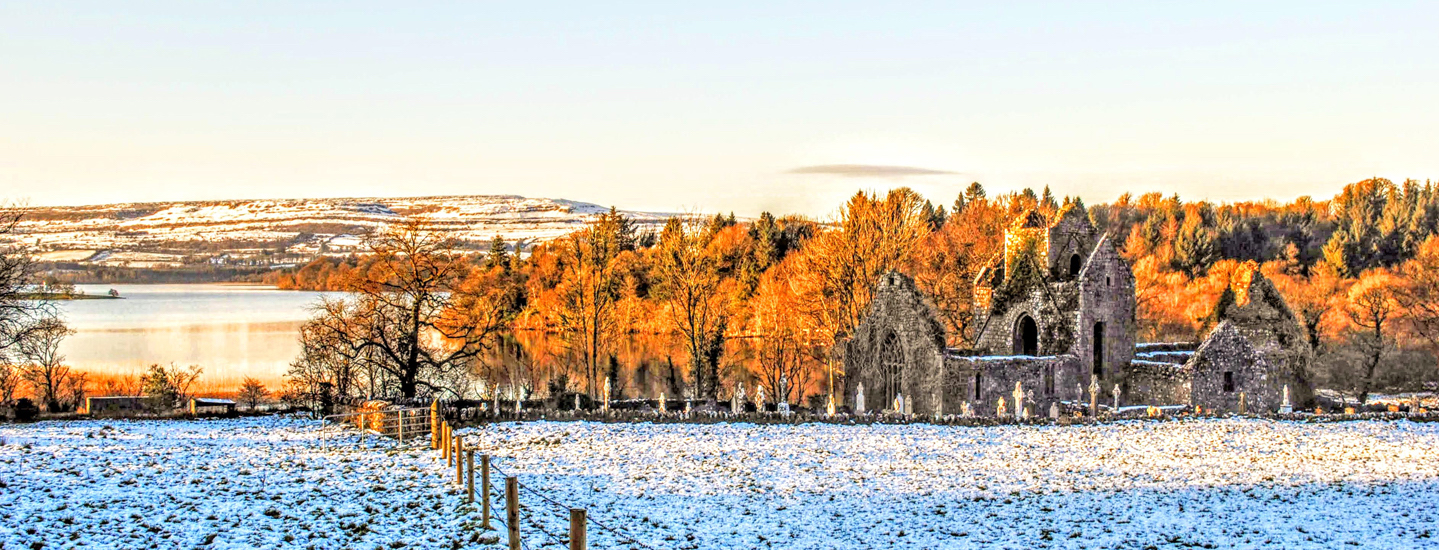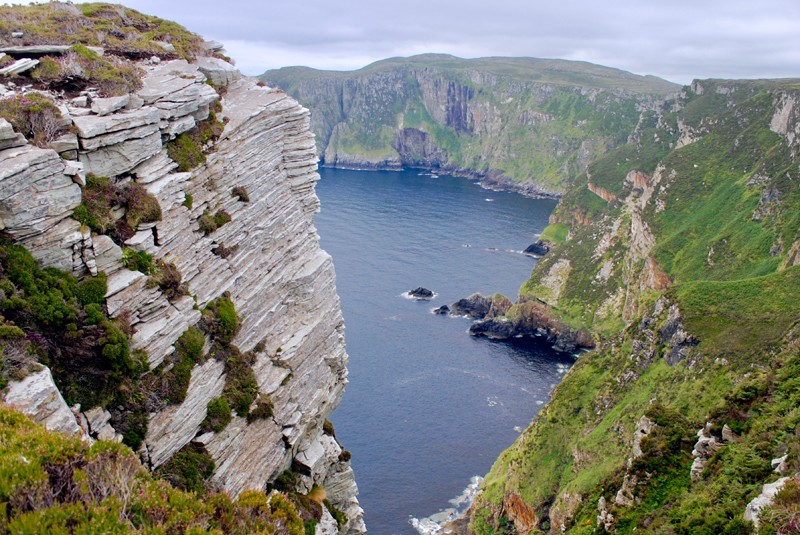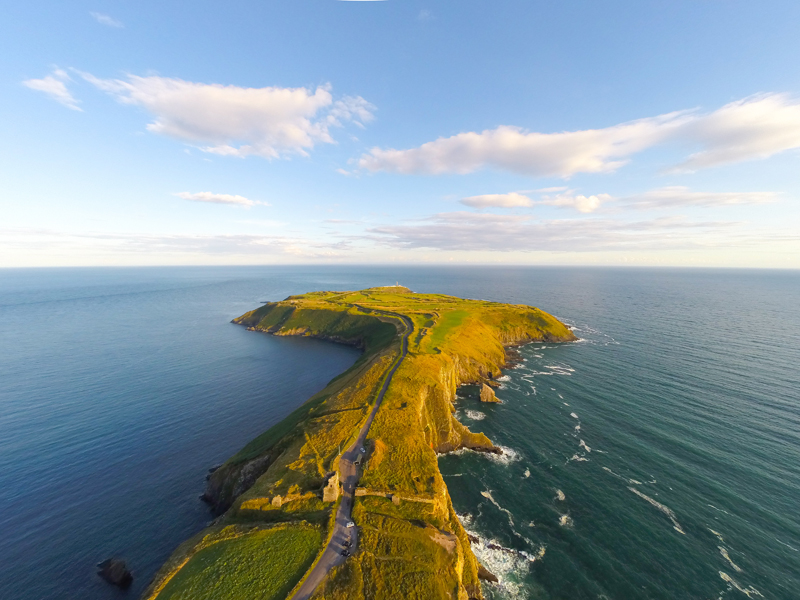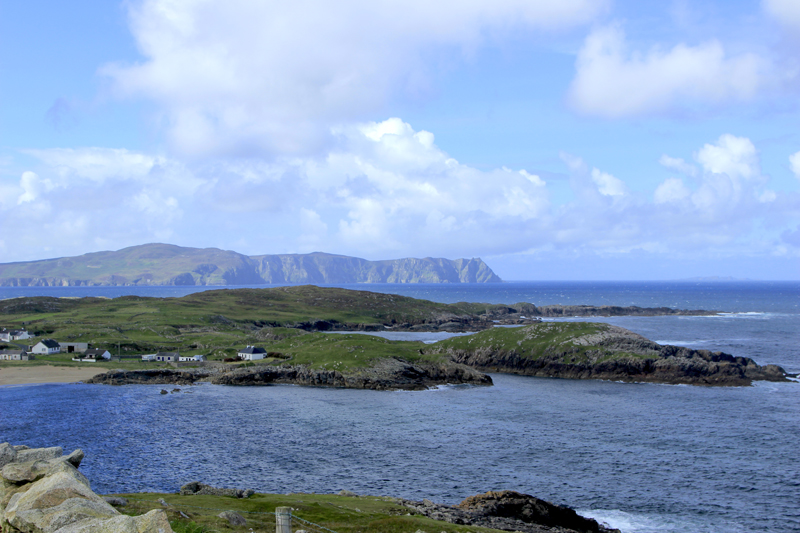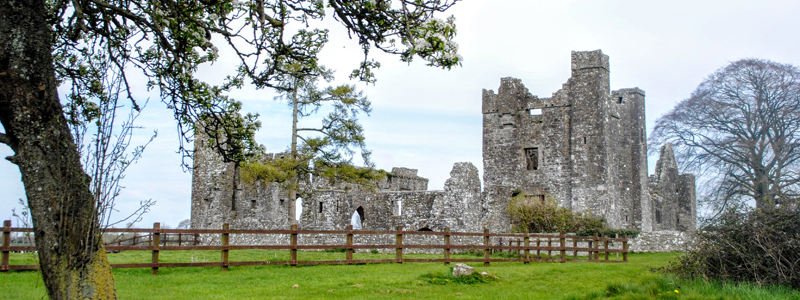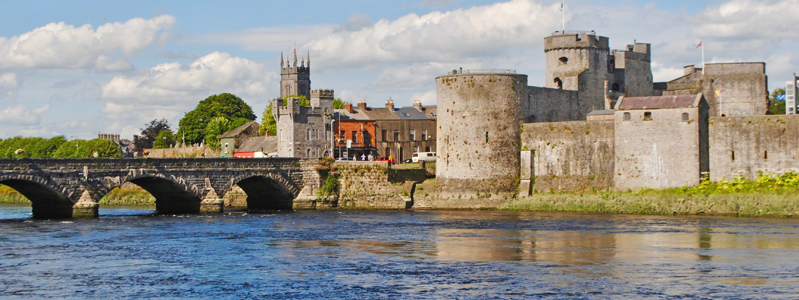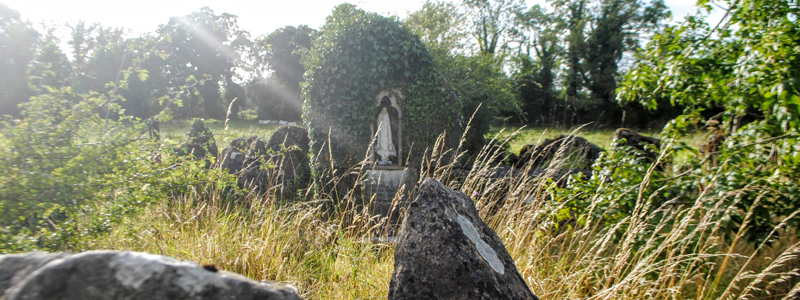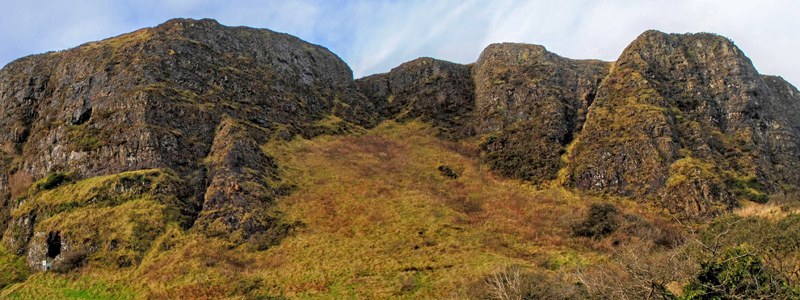Fast forward to 1066, when the Duke of Normandy William the Conquerer invaded England at the Battle of Hastings. Though one of the world’s most famous battles, little is remembered of its significant impact on Ireland’s history.
The Norman Invasion of Ireland
By 1169, still giddy with pride at their successful invasion of England, the Normans arrived in Co Waterford in Ireland at the request of Diarmait Mac Murchada (Dermot MacMurragh), ousted King of Leinster. With the help of the Norman Richard de Clare (also called Strongbow), Diarmuit reclaimed his territories in Leinster, instigating the Norman invasion of Ireland. Strongbow was rewarded with extensive territories and the hand in marriage of Diarmuit’s daughter Aoife.
This led to further conquests and raids on surrounding lands. Years of back-and-forth warfare took place between the Gaelic and Norman forces. Norman strongholds began popping up all over the east coast of Ireland, as far north as Carrickfergus Castle, near Belfast.
Though Strongbow and counterparts such as Hugh de Lacy, Miles de Cogan and Raymond Fitzgerald made a huge impression in Ireland, it was soon apparent this was only the beginning.
The Normans are Here to Stay
In 1171, English King Henry II landed in Waterford, commencing a four-year offensive which led to the Treaty of Windsor between Henry II and High King of Ireland Ruaidrí Ua Conchobair (Rory O’Connor). This treaty halved Ireland under two influences – Henry as lord of Anglo-Norman lands and Ruaidrí as lord of the rest of Ireland, with Ruaidrí agreeing to swear fealty to Henry.
By 1300, the Anglo-Normans controlled most of the island, aside from a few pockets in Connemara, the peninsulas of Cork and Kerry, Clare, and northwestern Ulster (interestingly enough, these regions correspond with the Gaeltacht or Irish-speaking communities of modern Ireland.
It was around this period that “the Pale” came about – a fenced region from which the English Lords held power, though they had to contend regularly with Gaelic forces with constant fluctuations in territory.
Though the Anglo-Norman/English powers expected the Norman lords to enforce English ways, many Normans assimilated and settled as Hiberno-Norman people, adopting the Irish language and culture. There is considerable evidence of Norman influence in Ireland today, with powerful family names such as Butler, Fitzgerald, Joyce and D’Arcy to name a few. Through their colonisation of England, the Normans also impacted the English language we all speak today.
